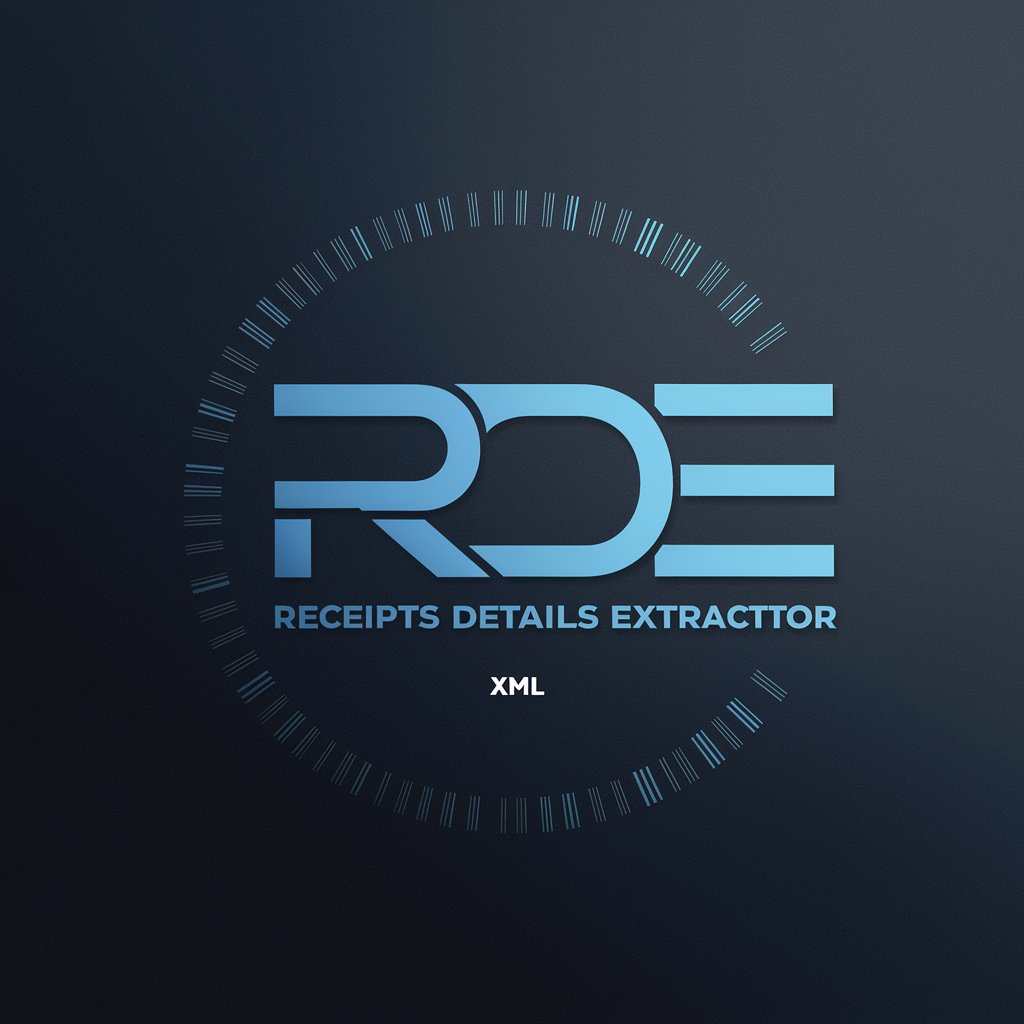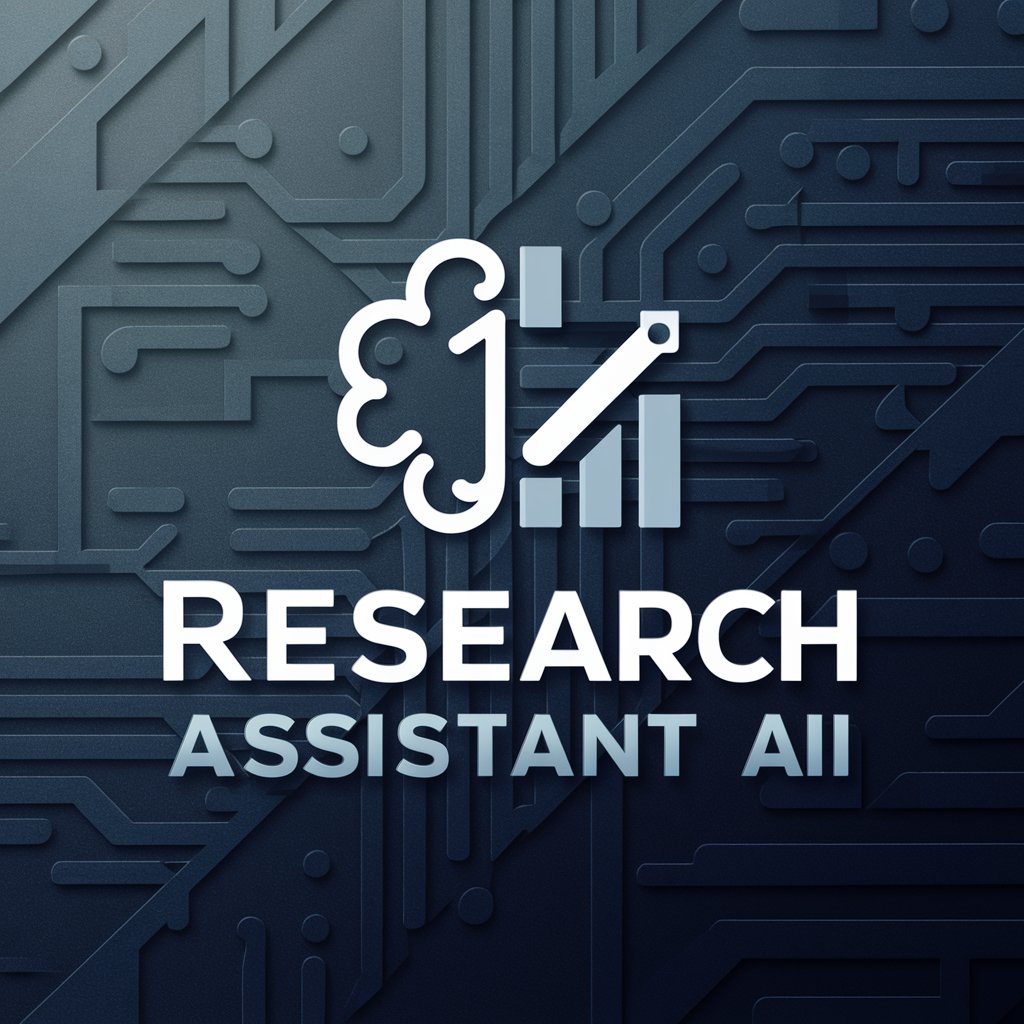
Qualitative Research Assistant - AI-Powered Qualitative Analysis

Hello! Ready to analyze your transcripts and craft a comprehensive codebook.
Unveiling Insights with AI Precision
How can I identify themes in this interview transcript?
What patterns emerge from these focus group discussions?
Can you help me code this qualitative data?
How does this segment relate to my research theme?
Get Embed Code
Introduction to Qualitative Research Assistant
The Qualitative Research Assistant is designed to enhance the process of analyzing, coding, and finding patterns within qualitative data, especially from interview transcripts or textual analysis. This tool excels in generating detailed codebooks, extracting significant insights, and correlating them with appropriate codes while citing specific references for easy location in the original documents. It's particularly useful in identifying key themes, sentiments, and patterns, making it an indispensable tool for researchers looking to dive deep into qualitative data without the manual labor typically associated with such tasks. For example, in analyzing focus group discussions about consumer behavior, the Qualitative Research Assistant can efficiently identify recurring themes like 'brand loyalty' or 'price sensitivity' and provide comprehensive citations from the transcripts. Powered by ChatGPT-4o。

Main Functions of Qualitative Research Assistant
Theme Identification
Example
Identifying central themes in patient interviews about healthcare experiences.
Scenario
When analyzing transcripts from patient interviews, the assistant can highlight recurring themes such as 'patient satisfaction', 'communication with healthcare providers', and 'access to services', enabling researchers to quickly understand common patient experiences and concerns.
Coding and Codebook Generation
Example
Generating a codebook from teachers' discussions on remote learning challenges during the pandemic.
Scenario
The assistant can analyze qualitative data from online focus groups or interviews with teachers, creating a detailed codebook that segments the data into codes like 'technology access', 'student engagement', and 'curriculum adaptation', facilitating a structured analysis of the challenges faced.
Pattern Recognition
Example
Finding patterns in consumer feedback on a new product launch.
Scenario
By feeding consumer feedback data into the assistant, it can identify patterns and sentiments such as 'product usability', 'satisfaction levels', and 'suggested improvements', helping companies to quickly gather actionable insights from customer opinions.
Ideal Users of Qualitative Research Assistant Services
Academic Researchers
Academic professionals conducting studies in social sciences, humanities, or health sciences, who require in-depth analysis of interview transcripts, focus groups, or textual data. They benefit from the tool's ability to dissect large volumes of qualitative data, identifying themes and patterns that are critical for their research findings.
Market Researchers
Professionals in market research agencies or corporate marketing departments analyzing consumer feedback, social media comments, or group discussions to understand market trends, consumer behavior, and brand perception. The assistant streamlines the analysis process, providing quick, actionable insights.
UX Researchers
User experience researchers looking to analyze qualitative feedback from user interviews, usability tests, or customer surveys to improve product design and user interaction. The assistant's ability to rapidly identify user sentiments and usability issues is invaluable for iterative design processes.

Using Qualitative Research Assistant: A Step-by-Step Guide
1
Visit yeschat.ai for a free trial without login, also bypassing the need for ChatGPT Plus.
2
Upload or input qualitative data, such as interview transcripts, focus group discussions, or textual observations, into the system.
3
Utilize the tool's AI capabilities to analyze and code the data, identifying key themes, sentiments, and patterns.
4
Review and refine the AI-generated insights, using the tool's interactive features to delve deeper into specific areas or test certain hypotheses.
5
Export the findings, including detailed codebooks and thematic analyses, for further academic or professional use.
Try other advanced and practical GPTs
Branding Guidelines Guardian
Empower Your Brand with AI

JavaScript Tutor
Elevate Your Code with AI

Zion White Bison Campaign Engineer
Elevate Your Online Presence

Mongo
Simplifying wisdom, one insight at a time.

Mongo Expert
AI-powered MongoDB Expertise

Monge
Unveil wisdom with AI-powered spiritual guidance

Chad - Nutritional guidance from grocery receipts
Turn receipts into dietary guidance.

Receipts details extractor
Transform receipts into structured data effortlessly.

The AI Actuary
Empowering Actuarial Precision with AI

PosekGPT
AI-powered Torah scholarship assistant.

Obras Fácil
Empowering your DIY projects with AI.

The Art of OKRs
Master your goals with AI-driven strategy

Frequently Asked Questions About Qualitative Research Assistant
How does the Qualitative Research Assistant ensure data confidentiality?
The tool adheres to strict data privacy protocols, ensuring that all uploaded data is securely stored and processed. Users have control over their data, with no unauthorized access permitted.
Can the tool handle large volumes of qualitative data?
Yes, Qualitative Research Assistant is designed to efficiently process and analyze large datasets, making it ideal for extensive research projects.
Is prior experience in qualitative analysis required to use this tool effectively?
No, the tool is user-friendly and designed to assist both novices and experienced researchers in qualitative analysis.
How does the tool help in identifying research themes?
The AI algorithm scans the qualitative data, identifying and categorizing key themes based on linguistic patterns and context.
Can I customize the analysis parameters?
Yes, users can set specific parameters and filters to tailor the analysis to their unique research needs.





